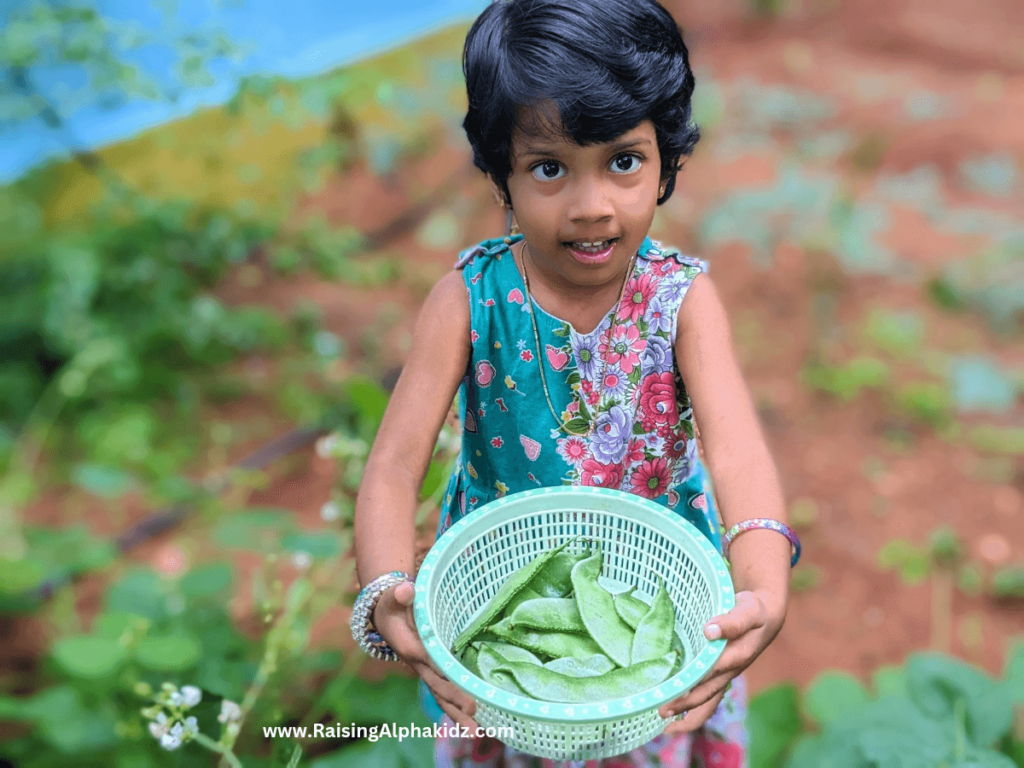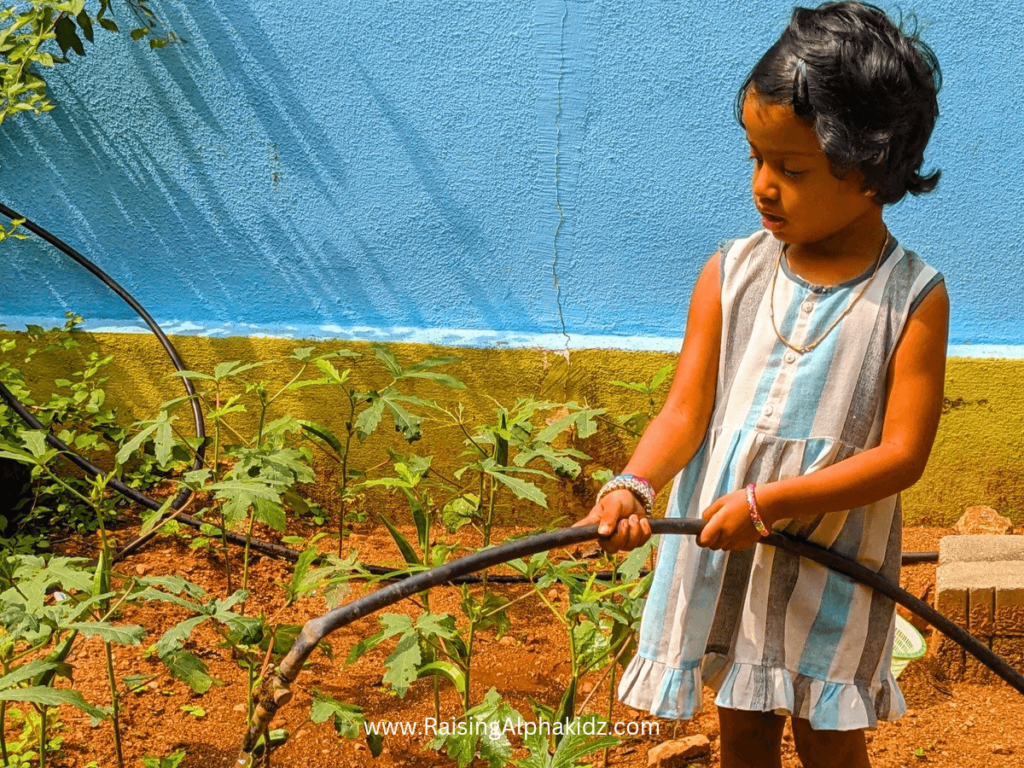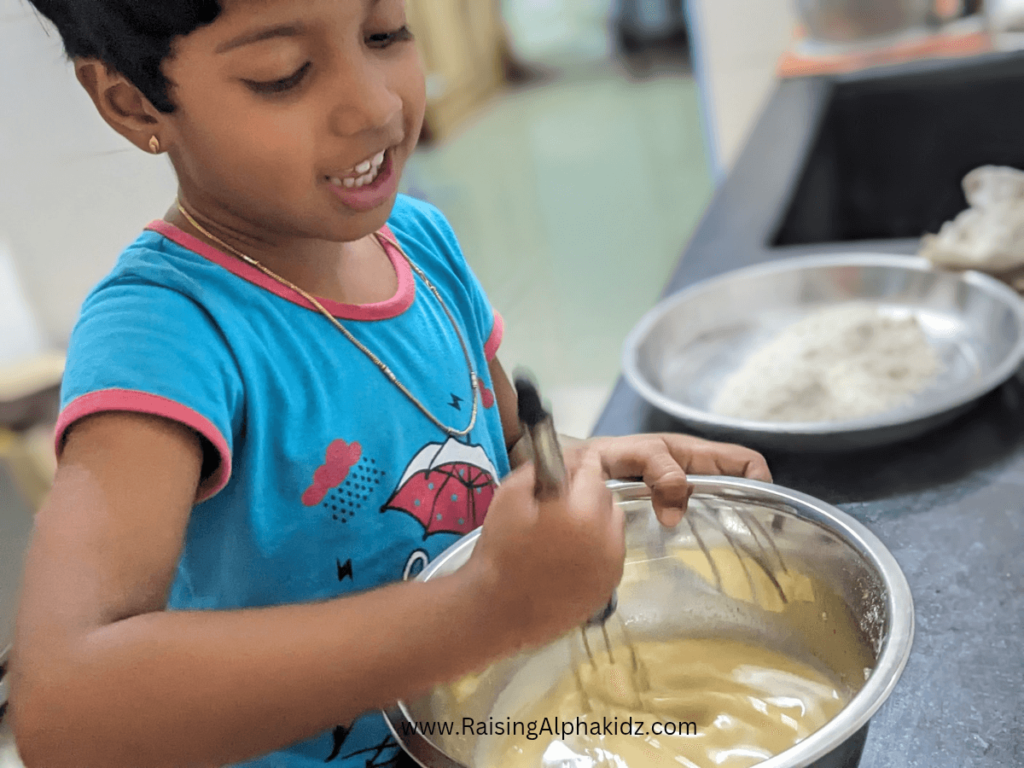Kids Cooking in a Miniature Kitchen: Fun Real Recipes and Mini Cooking Activities
Imagine a tiny kitchen where your child becomes a mini chef, preparing simple dishes with adorable pots, pans, and utensils. Miniature cooking is a playful, educational trend that takes kids’ playtime to the next level! In this blog, we’ll explore why miniature cooking is more than just fun, how it teaches essential skills, and how to keep your little ones safe while they master the art of tiny culinary creations.
What Is Miniature Cooking?
Miniature cooking involves kids using child-sized kitchen tools and sets to prepare real or pretend meals. Think of it as a mix of play and practical learning—like a dollhouse meets a real kitchen! These mini kitchens often include stovetops, tiny utensils, and even safe, functional appliances designed for tiny hands.

It’s a blend of play and real-life skills, making it both entertaining and educational.
How to Plan a Cooking Activity for Kids
Safety First
- Adult Supervision: Always oversee activities, especially when heat is involved.
- Educate on Hazards: Teach kids about hot surfaces and sharp tools.
- Use Age-Appropriate Equipment: Ensure tools match the child’s developmental stage.
- First Aid Ready: Keep a bucket of water and basic first aid kit nearby for minor mishaps.
Planning The Activity
- Choose a Recipe: Start with simple dishes.
- Gather Ingredients and Tools: Ensure everything is child-friendly.
- Set Up the Workspace: Create a safe and organized environment.
- Demonstrate First: Show them how it’s done.
- Let Them Lead: Encourage independence while supervising.
- Celebrate the Outcome: Enjoy the dish together, praising their efforts.
Warning: Never leave kids unsupervised near hot surfaces or sharp objects.
Illustration: Making Rice Crepe and Dumplings
Mix the rice flour, water, salt and little yogurt in a small bowl until smooth. Allow it to ferment for 8 hours.
Heat your miniature crepe pan to make crepe (adults supervise).

Apply oil on pan and pour a spoonful of the batter and gently swirl it like a pancake.
Cook for few minutes on each side. Flip using a mini spatula.

For making pan fried dumplings, heat dumplings pan, and apply oil in molds.

Flip it after sometime and allow it to cook for few minutes on next side.

What Kids Learn
- Boosts Creativity: Kids experiment with ingredients, fostering imagination.
- Enhances Fine Motor Skills: Tasks like stirring, pouring, and spreading improve hand-eye coordination.
- Teaches Responsibility: Managing ingredients and cleaning up instills a sense of duty.
- Encourages Healthy Eating: Children are more inclined to try dishes they’ve prepared themselves.
- Patience: Waiting for the food to get cooked builds focus and patience.
- Mathematics: Measuring ingredients introduces basic math concepts.
- Science: Observing how ingredients change with heat teaches scientific principles.
Miniature cooking isn’t just play—it’s a recipe for confidence, creativity, and family bonding. Whether your child is flipping pretend pancakes or assembling real fruit kebabs, these tiny adventures plant big seeds for lifelong skills. Ready to start? Grab a mini whisk, raid the pantry, and let the fun begin!
Fireless Cooking: Safe and Simple Recipes for Kids
Not ready to introduce heat? No problem! Here are some no-fire recipes:
- Fruit Salad: Mix assorted fruits with a drizzle of honey.
- Sandwiches: Create fun shapes using cookie cutters.
- Trail Mix: Combine nuts, dried fruits, and a sprinkle of chocolate chips.
Montessori Method Cooking:
The Montessori approach focuses on real-world tasks. Let kids wash veggies, spread butter, or pour water. It’s about independence and sensory exploration!
Learning Through Doing
The Montessori approach emphasizes hands-on learning. In the kitchen, this translates to:
- Child-Sized Tools: Equip them with utensils that fit their hands.
- Step-by-Step Tasks: Break down recipes into manageable steps.
- Encourage Independence: Allow them to make choices and learn from mistakes.
- Focus on Process Over Perfection: Emphasize the joy of cooking rather than the outcome .
Other Food-Related Activities to Try
- DIY Apron Decorating: Personalize cooking attire.
- Food-Themed Storytime: Read books centered around cooking.
- Kitchen Science Experiments: Explore concepts like fermentation or emulsification.
- Food Art: Make faces with veggies on a plate.
Similar Activities To Try Out






Source: Life Skills Activity Archive
- Gardening: Grow herbs or vegetables to use in recipes.
- Pretend play grocery shopping
- DIY edible slime recipes
- STEM activities with food
Miniature cooking offers a blend of fun, education, and skill-building for children. By introducing them to the joys of the kitchen early on, we equip them with lifelong skills and cherished memories.

